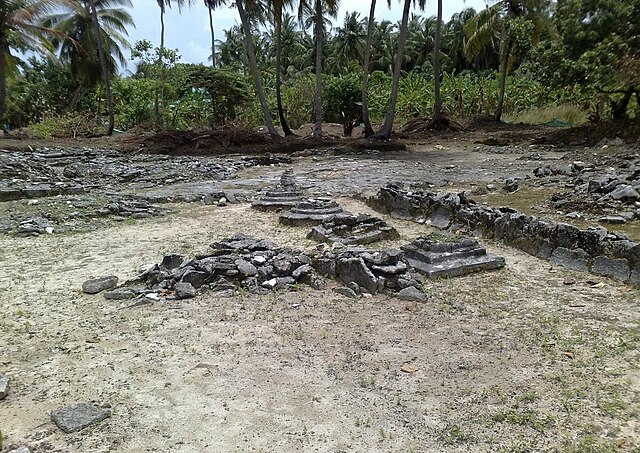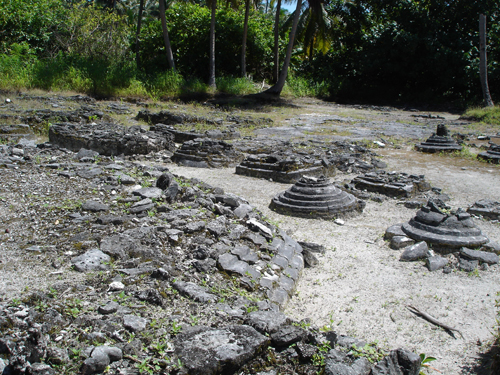Although this Indian Ocean island paradise has only been a tourist haven for a mere few decades, the Maldives has a rich and fascinating history dating back 3000 years. The archipelago is shaped by a heritage rooted in centuries of trade, migration and colonisation, combined with the fruits of the land and sea. While Islam is the current legislative religion of the region, remnants of older cultures and practices are scattered across the islands, preceding the first Arabic settlers in the 12th century.

Who was first?
With a history spanning over thousands of years, passed down through folktales and oral retellings, it is difficult to trace the exact origins of the islands’ first inhabitants. It is however commonly theorised that the first of the Maldivian settlers migrated from its closest neighbours – evidence of Buddhist kings and Hindu influences were most likely brought over from Sri Lanka and India, in addition to informing culinary traditions and ways of life that are still prevalent today.
Early Expeditions and Today’s Quest for Historical Preservation
In the 1980s, Norwegian explorer Thor Heyerdhal embarked on a year-long archaeological expedition in the Maldives, after an unknown history dating back to pre-Islamic times on the island, was discovered decades before. The expedition uncovered several sites and evidence of ancient trading throughout the region. Today, amidst modernization, there’s a growing commitment to safeguarding the Maldives’ rich history. Archaeological excavations and restoration projects aim to preserve ancient sites, coral-stone architecture, and maritime heritage.
Trade Routes and Global Influences
The Maldives, at the crossroads of global trade routes, absorbed diverse influences from Indian, Chinese and even European trade, in addition to its Arab settlers, shaping its identity. A melting pot of global interaction, evidence of these ancient intercontinental relationships are scattered throughout the islands, and even across the ocean. Remnants of Ancient Chinese crockery have been discovered in the archipelago, and Maldivian cowrie shells, used as a form of currency, have been unearthed in regions as far as Sweden.
Fascinating Archeological Sites
Kaashidhoo Island is home to the largest architectural site in the entire archipelago, a large Buddhist temple locally known as Kuruhinna Tharaagandu. Remnants of the intricate complex date back to the 3rd century AD, estimated to have been completed in the 9th century AD. Head over to the island with a short seaplane journey from Avani+ Fares Maldives Resort, to experience a tour back in time.
Further south in the Alif Alif atoll, Thoddoo Island is a trove of historical findings – a preserved Buddha statue, hidden for 800 years, was uncovered in the 1950s, as well as evidence of Roman trading with gold and silver coins unearthed throughout the area.









